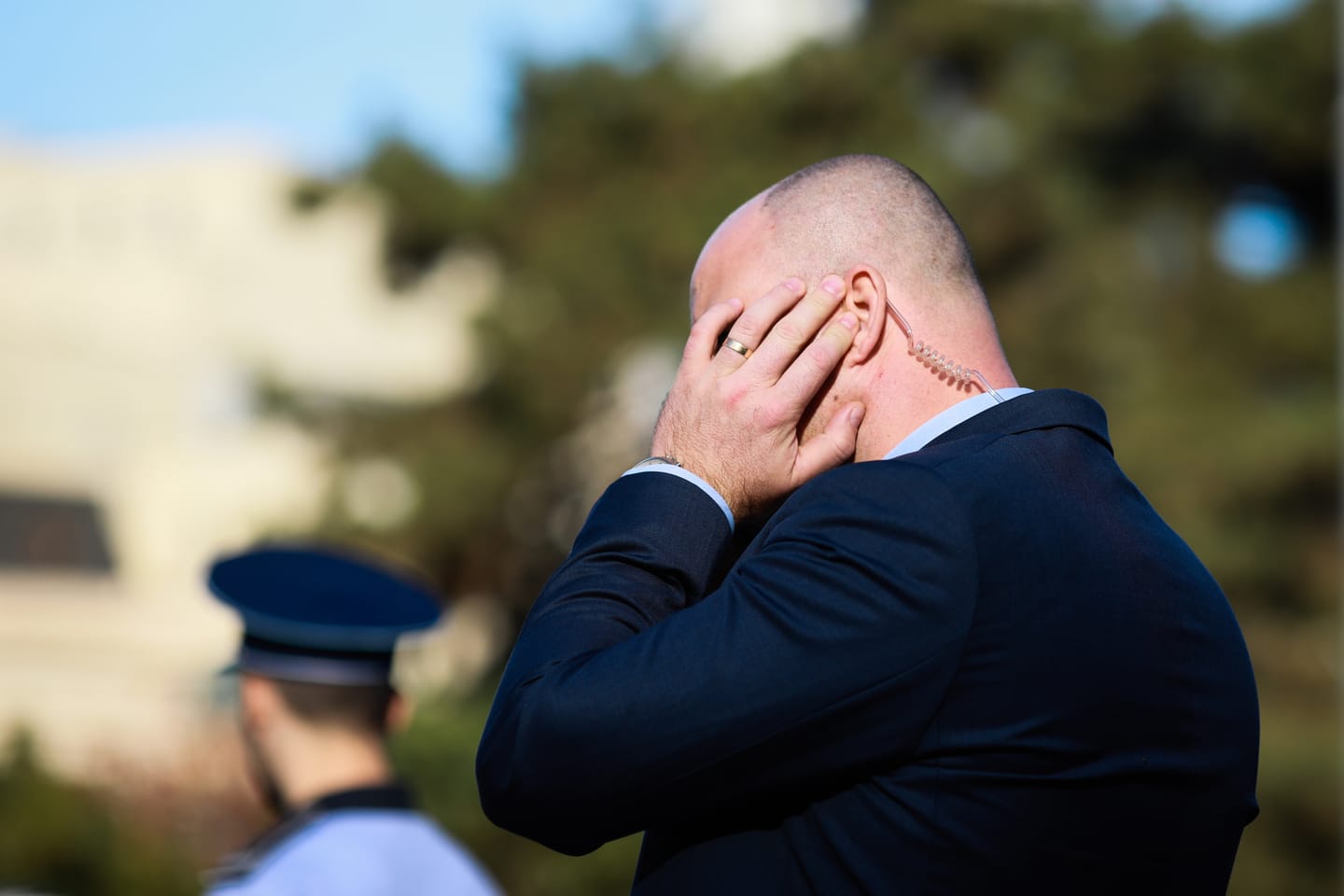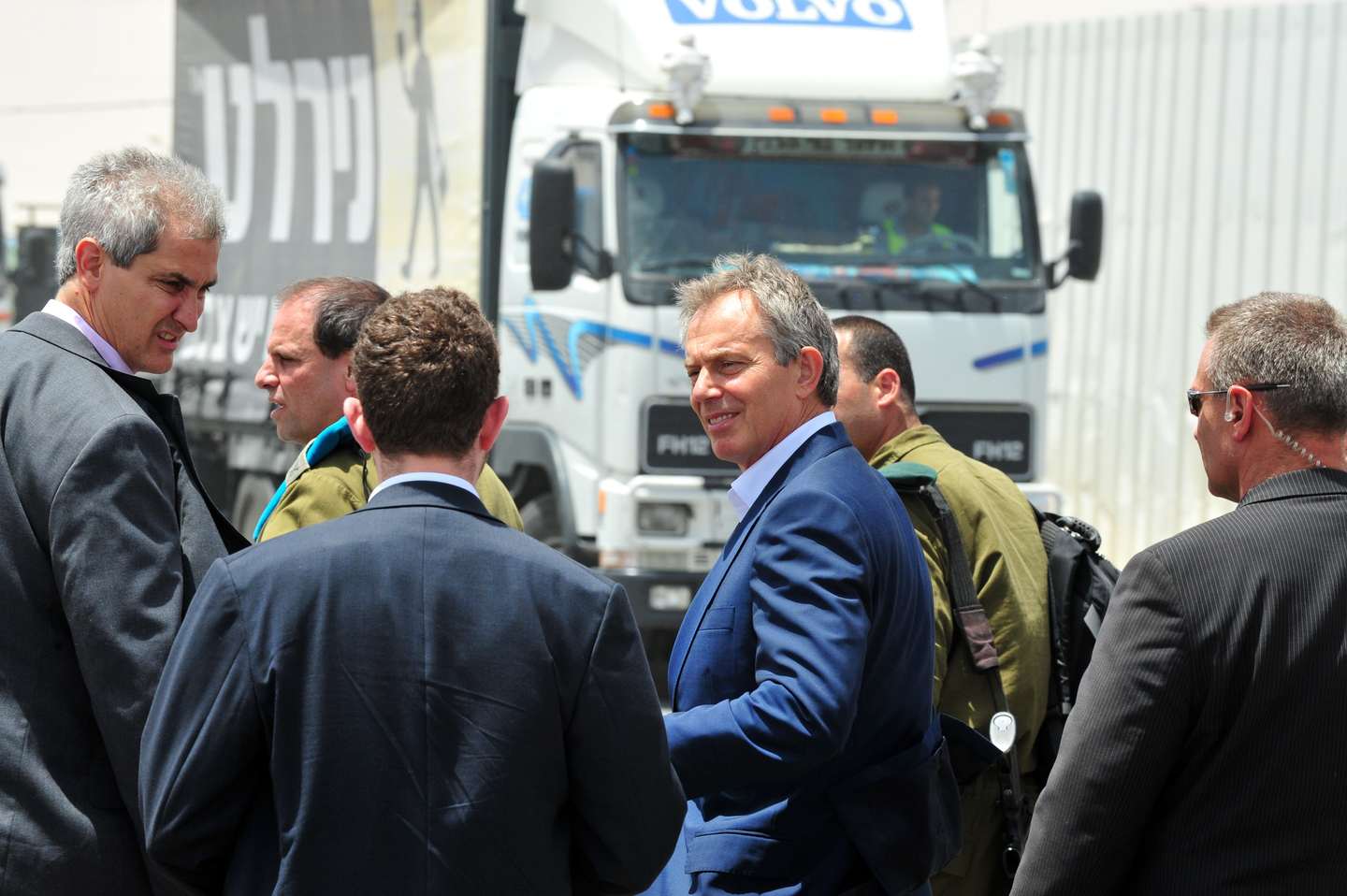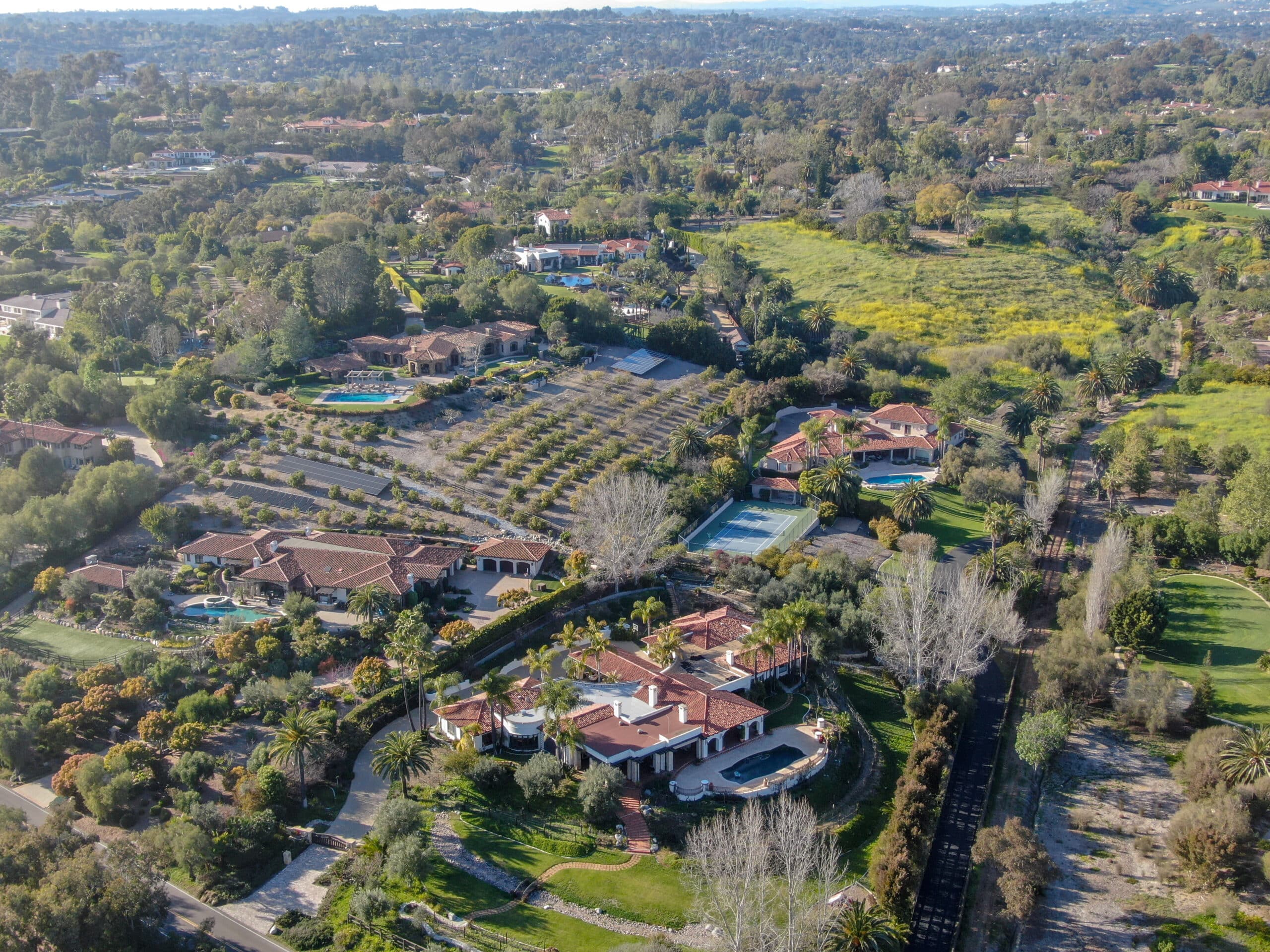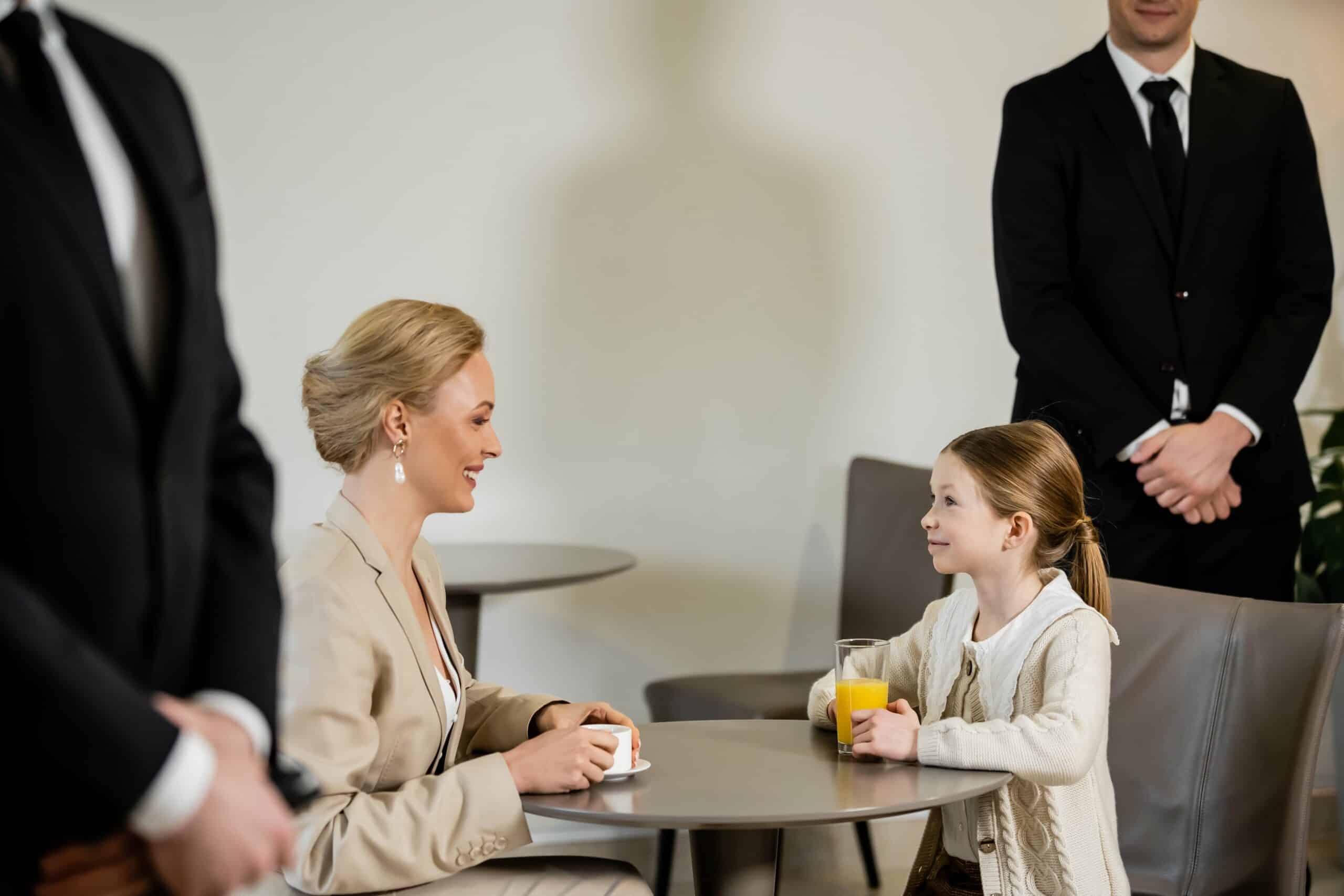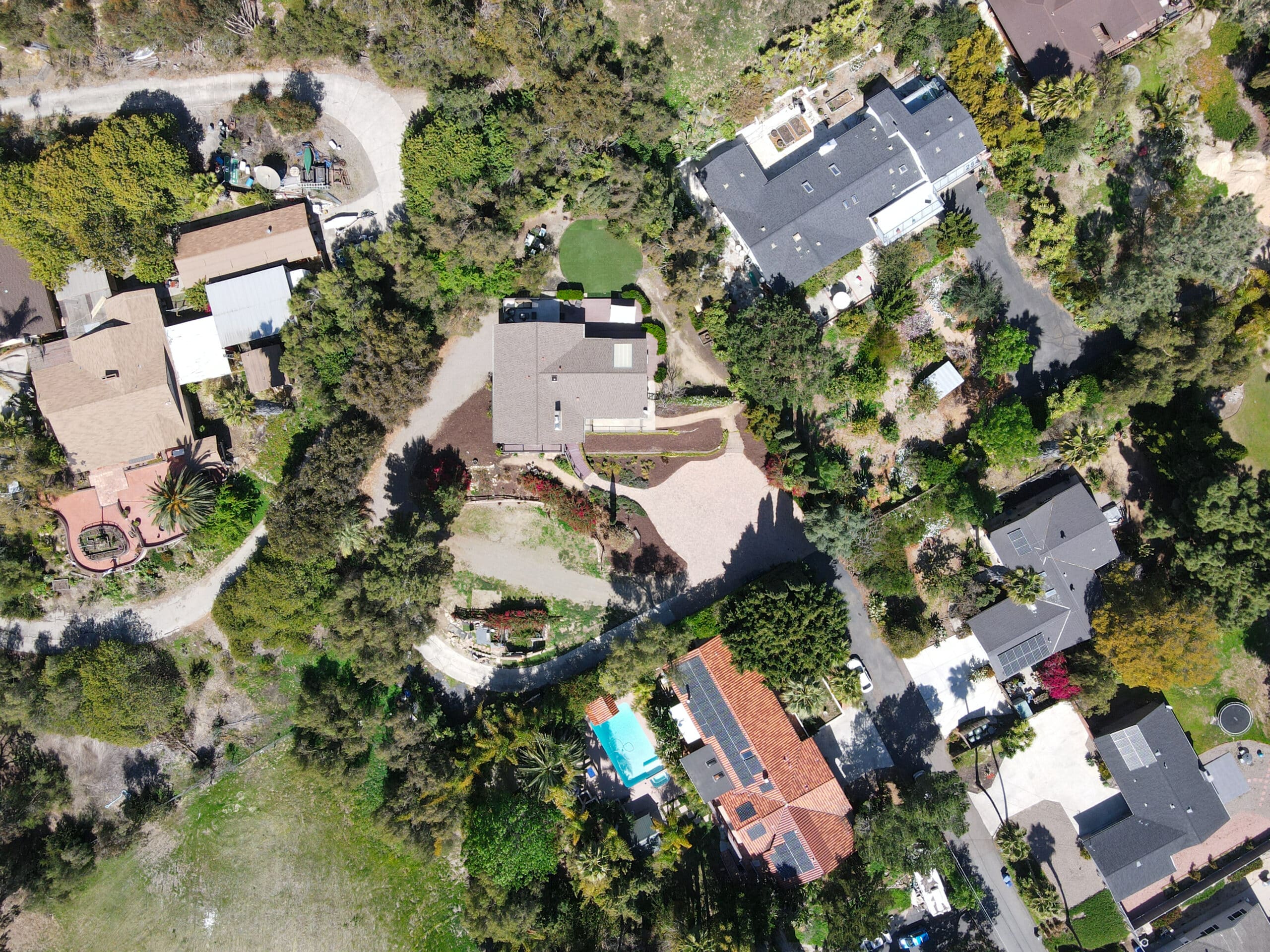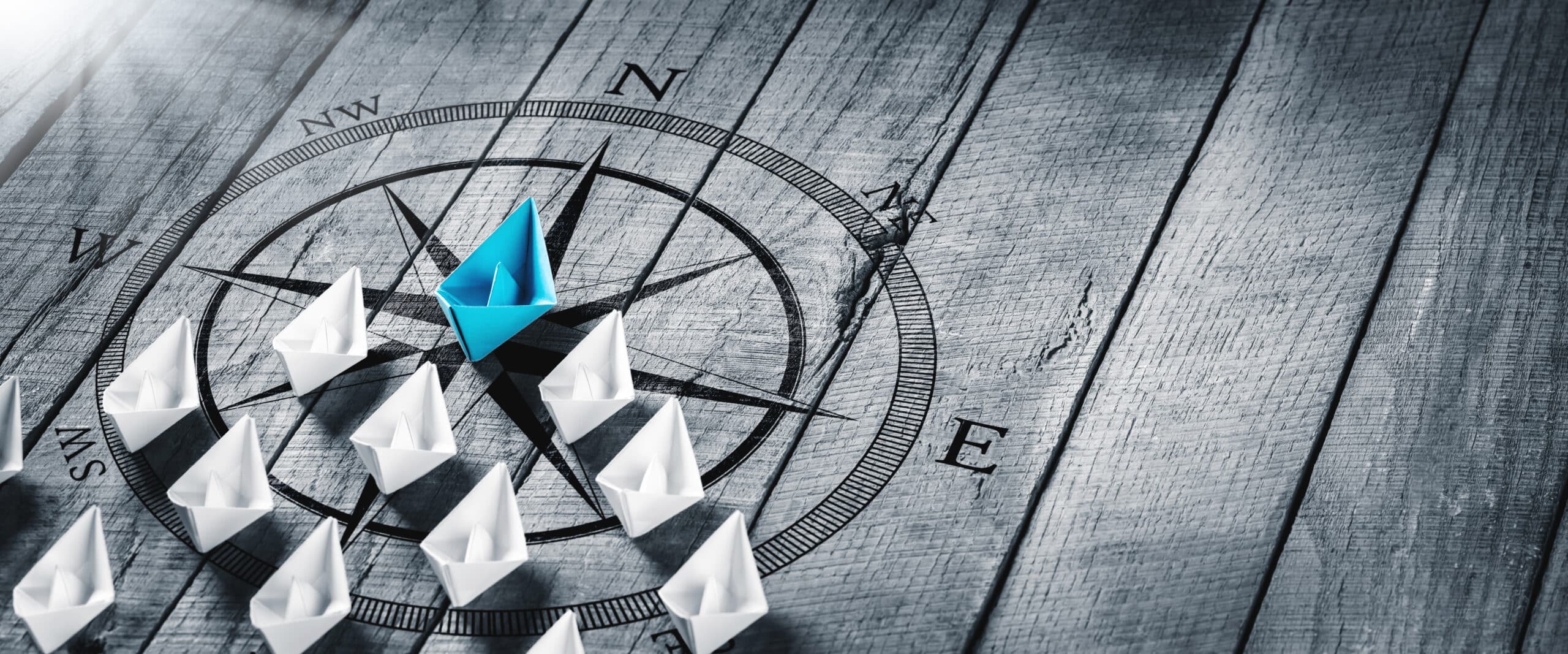Estimated reading time: 6 minutes
High-profile events such as award shows present unique security challenges, particularly in safeguarding VIPs and celebrities. This comprehensive article delves into the essential security protocols for managing high-profile attendees and ensuring their safety from arrival to departure. These protocols encompass secure transportation, meticulous red carpet procedures, and personal bodyguard details, each tailored to mitigate the security threats often accompanying such events.
Table of contents
Comprehensive Risk Assessment and Planning
Pre-Event Threat Analysis
A thorough pre-event threat analysis is indispensable in the context of award shows. This involves identifying potential security risks, ranging from overzealous fans to organized criminal activities. Security teams collaborate with local law enforcement and event organizers to evaluate historical data, current intelligence, and social media trends. This proactive approach enables the development of a strategic security plan that anticipates and neutralizes potential threats.
Strategic Security Planning
Following the risk assessment, a strategic security plan is crafted. This plan addresses crowd control, access points, emergency protocols, and the coordination between private security and public safety agencies. It outlines specific roles and responsibilities for each team member, ensuring a well-coordinated effort. The plan is designed to be flexible, allowing for rapid adaptation to any unforeseen security challenges that might arise during the event.
Secure Transportation for VIPs
Armored Vehicle Protocols
Transporting high-profile attendees requires armored vehicles equipped with the latest security technologies. These vehicles are often unmarked and have reinforced structures capable of withstanding ballistic and explosive attacks. Drivers are highly trained in defensive driving and evasion techniques. Routes are pre-planned with alternative pathways in case of an emergency, ensuring the safest and most efficient travel to the venue.
Secure Transfer Points
Moving VIPs from their transportation to the event venue is a critical moment that demands heightened security. Secure transfer points are established, often involving underground or enclosed entry points to shield attendees from public view. These transfer points are monitored with surveillance equipment and staffed by security personnel, ensuring a controlled and safe environment for VIPs to transition from their vehicles to the venue.
Red Carpet Protocols
Access Control Measures
The red carpet is a high-visibility area that requires strict access control measures. This includes establishing secure perimeters with physical barriers and checkpoints where identification and credentials are verified. Security teams employ a combination of technology and workforce to monitor the area, ensuring only authorized personnel and attendees gain access. Access lists are meticulously managed, and any deviations are immediately investigated.
Crowd and Media Management
Managing the crowd and media presence is essential for maintaining a secure red-carpet environment. Barricades are strategically placed to create a buffer zone between the attendees and the public. Security personnel are deployed throughout the area to monitor crowd behavior and intervene if necessary. Media activities are also regulated, with specific zones designated for press interactions, ensuring a controlled and orderly environment.
Personal Bodyguard Details

Selection and Training of Bodyguards
Personal bodyguards for high-profile attendees are carefully selected based on their expertise and experience in close protection. These professionals undergo rigorous training in threat assessment, physical defense, and emergency response. They are skilled in maintaining a low profile while providing effective protection, ensuring the safety and comfort of the VIPs they are assigned to.
Operational Protocols for Bodyguards
The operational protocols for bodyguards involve constant vigilance and communication. They maintain proximity to their assigned VIPs, constantly scanning the environment for potential threats. Communication with the broader security team is crucial for coordinating movements and responding to incidents. Bodyguards are trained to blend in with the event setting while remaining alert and ready to act immediately.
Advanced Surveillance and Monitoring
Implementation of Surveillance Technology
Surveillance technology plays a critical role in securing award shows. High-definition cameras, facial recognition software, and drone surveillance monitor the event’s perimeter, entry points, and critical areas. This technology enables the security team to have real-time situational awareness, facilitating quick response to security breaches.
Centralized Monitoring and Command Center
A centralized monitoring and command center oversees the entire security operation. This center is staffed with professionals trained in surveillance and emergency response coordination. They analyze the data received from various surveillance technologies, making informed decisions and directing security personnel as needed. This centralized approach ensures a cohesive response to any security incidents.
Emergency Response and Evacuation Protocols
Designing Efficient Evacuation Routes
Creating efficient evacuation routes is a cornerstone of emergency response planning. These routes enable swift and safe egress for VIPs, attendees, and staff in an emergency. Security teams meticulously map the venue, identifying primary and secondary evacuation routes. These paths are kept clear and are strategically positioned to minimize exposure to potential threats while facilitating rapid movement away from the venue.
Emergency Response Teams and Equipment
Specialized emergency response teams are on standby, equipped with medical and rescue equipment tailored to a range of potential scenarios. These teams are trained to handle medical emergencies, fires, and other unforeseen events. Their positioning around the venue is strategic, ensuring immediate availability to respond to any incident. The availability of advanced medical equipment and trained personnel is critical in effectively managing emergency situations.
Secure Communication Systems
Encrypted Communication Channels
In the high-stakes environment of award shows, secure and reliable communication among security personnel is paramount. Encrypted communication channels prevent interception and ensure that sensitive information remains confidential. These systems are tested rigorously before the event to guarantee functionality and resistance to jamming or electronic interference.
Coordination with External Agencies
Effective communication extends beyond the immediate security team, including coordination with external agencies such as local law enforcement, fire departments, and medical services. Establishing clear lines of communication with these entities ensures a unified response to any security incidents. Regular briefings and joint exercises before the event can significantly enhance the effectiveness of this collaboration.
VIP Privacy and Discretion
Non-Intrusive Security Measures
Maintaining the privacy and comfort of high-profile attendees is a crucial aspect of security at award shows. Security measures are implemented in a manner that is as non-intrusive as possible. This includes the use of plainclothes security personnel and discreet surveillance methods. The aim is to provide a secure environment without compromising the attendees’ experience or drawing unnecessary attention.
Media and Public Interaction Policies
Policies regarding media and public interaction with VIPs are established to balance security concerns with the need for public engagement. These policies define the parameters for interviews, photographs, and fan interactions, ensuring that such activities do not compromise security. Security personnel are trained to facilitate these interactions in a manner that respects the attendees’ privacy while maintaining a secure environment.
Continual Monitoring and Adaptation
Real-Time Threat Assessment
Security at high-profile events is a dynamic process that requires continual monitoring and adaptation. The security team conducts real-time threat assessments throughout the event, adjusting their strategies in response to changing circumstances. This proactive approach allows for immediate action in the face of new threats or emergencies, ensuring the highest level of security at all times.
Post-Event Analysis and Improvement
After the event, a comprehensive analysis is conducted to evaluate the effectiveness of the security measures. This review includes feedback from VIPs, security personnel, and collaborating agencies. Lessons learned are integrated into future security plans, ensuring continual improvement and adaptation to the evolving nature of high-profile event security.
Conclusion
In conclusion, the security of high-profile attendees at award shows demands a multifaceted approach, combining advanced technology, strategic planning, and highly trained personnel. Each protocol contributes to a secure environment, ensuring VIPs’ safety while maintaining the event’s integrity and enjoyment. This comprehensive strategy addresses immediate security concerns and sets the standard for future events, continually evolving to meet the challenges of a dynamic security landscape.




